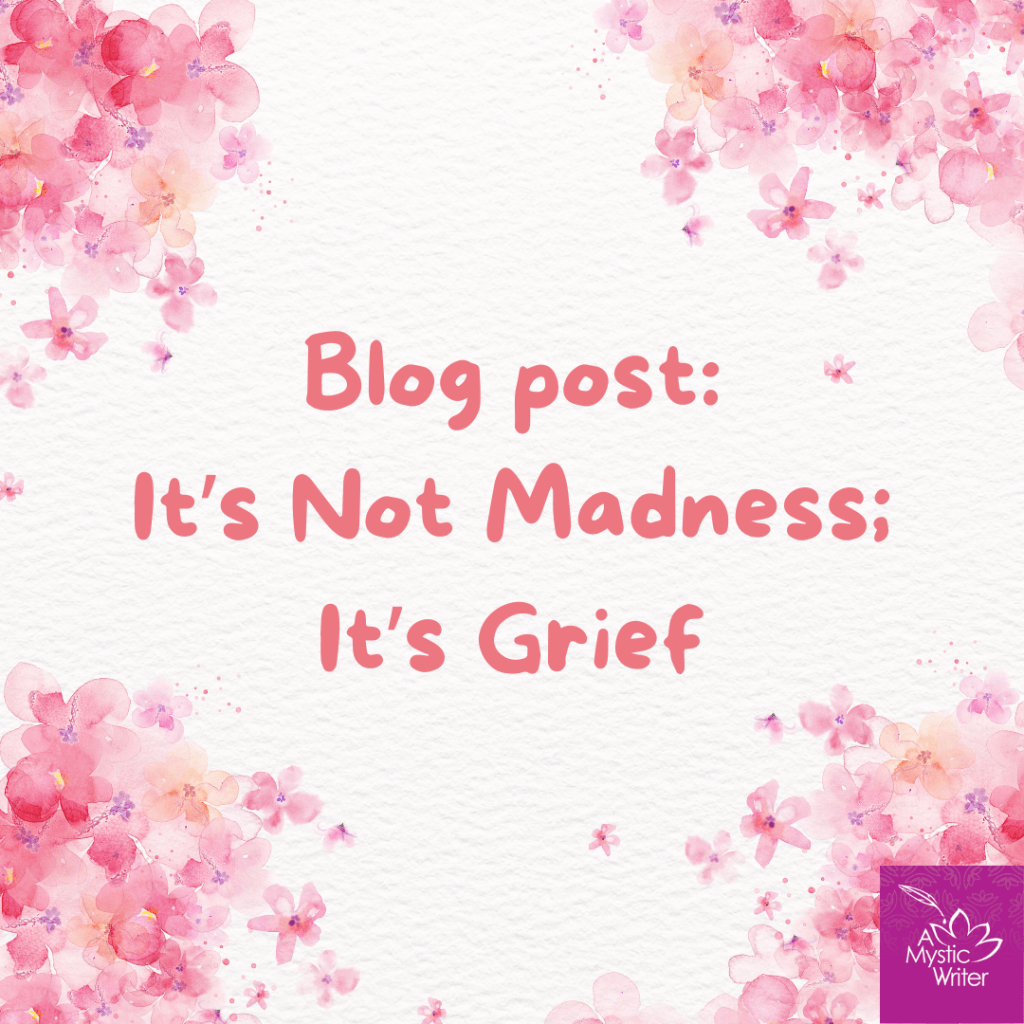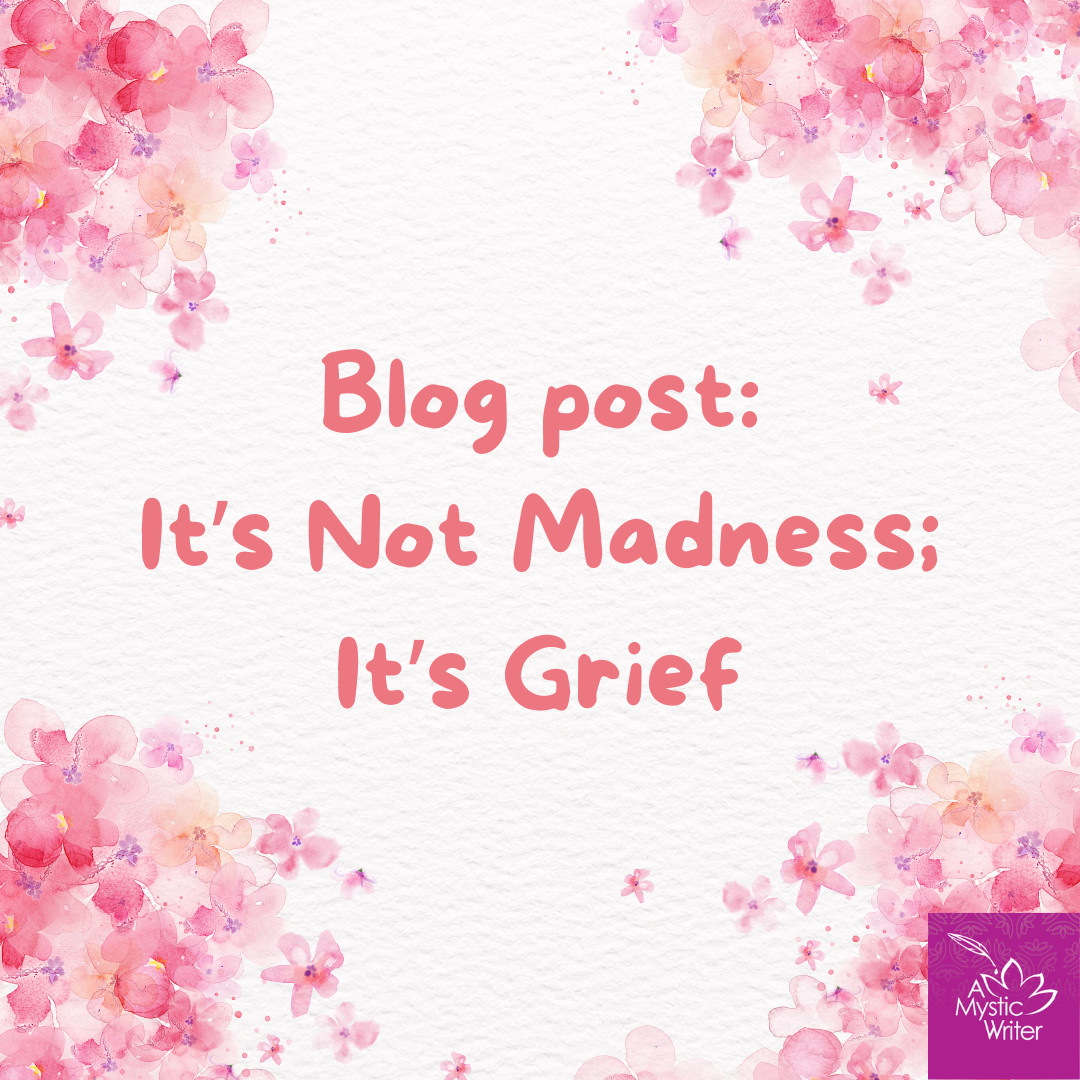By Yaisha Vargas-Pérez, mindfulness teacher certified by the Greater Good Science Center at UC Berkeley, mindfulness mentor certified by Cloud Sangha, certified in ecological chaplaincy by the Sati Center for Buddhist Studies in California
We live in a culture that deals with grief by running away, moving on as if nothing had happened, working obsessively to forget, or drinking alcohol to drown the pain.
But the human psyche doesn’t work like that.
Eventually, grief emerges in moments when we don’t know why we react in irrational ways, or it becomes somatized in the body as illness.
The healthiest thing to do is that, as a culture, we learn new ways to deal with grief. That we may understand that grief is a process; it takes as long as it takes and has no expiration date.
It is important to surround ourselves with people who do not judge us because we are grieving, but who can listen to us say the same things over and over; who remind us to be patient, compassionate, and kind to ourselves; who remind us that it is important to be in contact with nature and the processes of nature. It’s important they tell us that the abysmal pain we have and that does not go away is all the accumulated love that we feel for that loved one who is gone, and that it hurts so much because that love has no place to go. And that, eventually, when we go through the normal stages of grief—shock, denial, anger, depression, sadness, and acceptance—fully accepting ourselves with all of our humanity at every step of the process, we will understand that all that the love we think that we lost is actually occupying our inner space; it lives in our heart.
We thought we were in so much pain because our soul was tearing apart; but in reality, what has happened is that we have seen the thin veil between death and life.
Now that it is torn, we can communicate with the love of the person who left, but never took their spirit away from us. The relationship that existed during their lifetime continues beyond physical life.
In our prayers and meditations, we can breathe and expand within us the love of the person we have loved and is now on the other side. We can allow that love to dwell within us. That person has become an ancestor since they passed to the next stage before us. We can ask for guidance; we can recover—in a way that is more emotional and spiritual—the connection we had, one breath at a time, having much patience and love for ourselves.
I have learned these things because I have experienced many processes of grief, especially that of my mother, who 29 years ago moved to the other side of the veil and into my heart. It took me 15 years only to be able to accept that I was grieving. Absolutely no one—not even the psychologists I went to—explained this process to me. It was my first Insight Meditation teacher who explained to me the importance of understanding my humanity and treating myself with absolute kindness. He was the first person who told me, “There’s nothing wrong with you. This is grief.”
That’s why I talk so much about grieving as a way to embrace a necessary spiritual process that will deepen our sense of humanity.
If you are grieving and no one else understands you, I understand you. It’s not madness, it’s just grief. It is a human process. No one teaches us this anywhere because our educational and industrialized professional system is set to produce obsessively, not to understand or attend to our human processes.
It’s not madness; it’s grief.
And I know that there is within you everything you need to be able to cope with it.
Love yourself absolutely, in the same way you are loved by the person you cannot see but is there, in some way, loving you so much.



